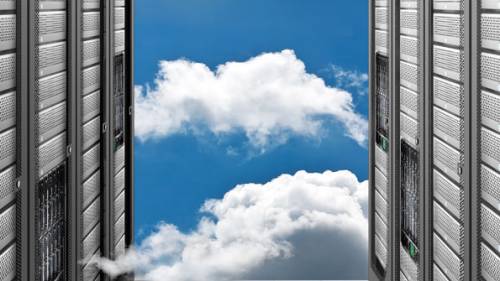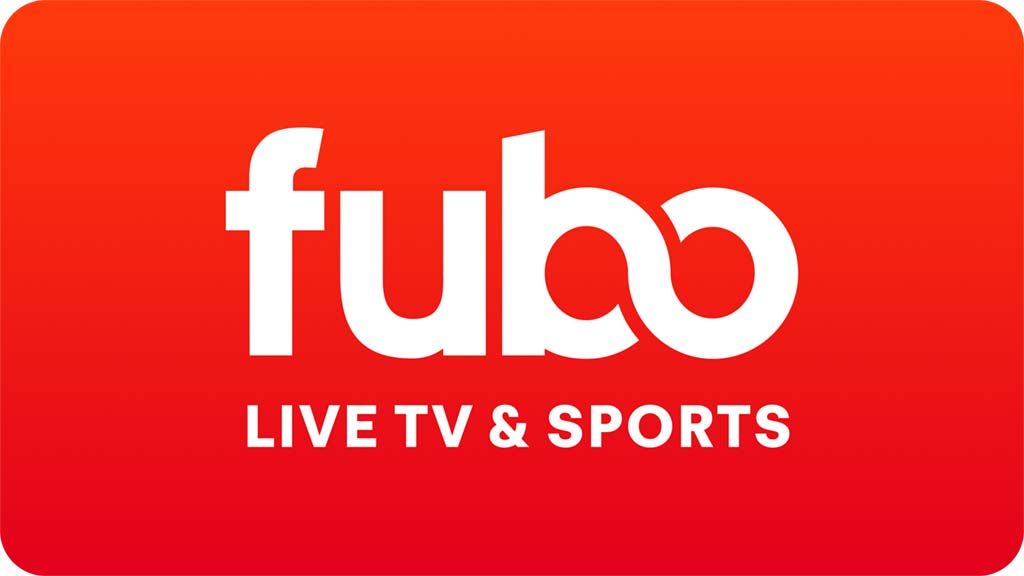Looking up to hybrid cloud

In enterprise computing, the hybrid cloud model is becoming popular through outsourcing of front-end application components to take advantage of scale economies, while keeping the back-end data securely on the premise. In pay TV, there is increasing talk of hybrid clouds too, but with a big difference. In this case, the valuable data — audio-video content — is usually provided by third parties and delivered to end customers, so there is no question of keeping it on the operator’s premises for security purposes. Storage was first to be outsourced, enabling operators to save money by concentrating it in their own server farms for economies of scale, which also improved quality of service and reduced support costs resulting from failing hard disks. Front-end applications associated with the User Interface (UI) were at first still run in the home, although recently some Telcos, such as Deutsche Telekom, have been looking at taking the UI into the cloud as well.
Even those Telcos though will still retain some physical presence in the home, even if is just in the form of an HDMI dongle that slots into a TV. It is my bet that having shrunk down to its bare essentials, the CPE (Customer Premises Equipment) box will expand again as it starts to cater for a new breed of non-TV applications in the home, associated with monitoring, surveillance and eventually remote healthcare. If existing pay TV or broadband operators do not provide these, somebody else will — maybe the local energy utility. In the UK, British Gas is already looking at how it can capitalize on its status as supplier of both gas and electricity in many cases to offer energy management services and will then be well placed to compete in other sectors of the smart home if it so chooses.
There is no doubt though that the bulk of digital content storage will migrate to the cloud, once rights issues have been resolved. It is likely home gateways will retain some storage to satisfy those consumers feeling more comfortable holding at least personal photos and home videos on site, just like enterprises keeping sensitive data locally. But the cloud will be the place for most stored content, because evolving storage architectures will make it possible to optimize robustness with performance and cost so much more effectively there. The capex and opex costs associated with CPE are then greatly reduced, while operators can scale capacity in line with demand for each subscriber quite seamlessly across a whole storage farm. There is no need to endure costly upgrades to home set tops or gateways, while new service options can be deployed much faster in the cloud.
There are still some caveats, content rights being one. In some markets, such as the USA, operators are still required to hold separate instances of each piece of recorded content for every subscriber when they are granted rights for cloud storage. This is a legal requirement to avoid operators appearing to be retransmitting rather than storing content, but is ludicrous given that it logically makes no difference whether content is played out to users from a common store or their own personal one. Keeping separate copies of content for each user certainly slashes the capex savings associated with network storage and is a legacy burden that will surely wither away over the next year or two.
The set-top or home gateway then is likely to migrate from being a storage-intensive device into one with extra processing capability and increasingly packed with interfaces to support an expanding array of protocols required for the evolving digital home.
Get the TV Tech Newsletter
The professional video industry's #1 source for news, trends and product and tech information. Sign up below.
